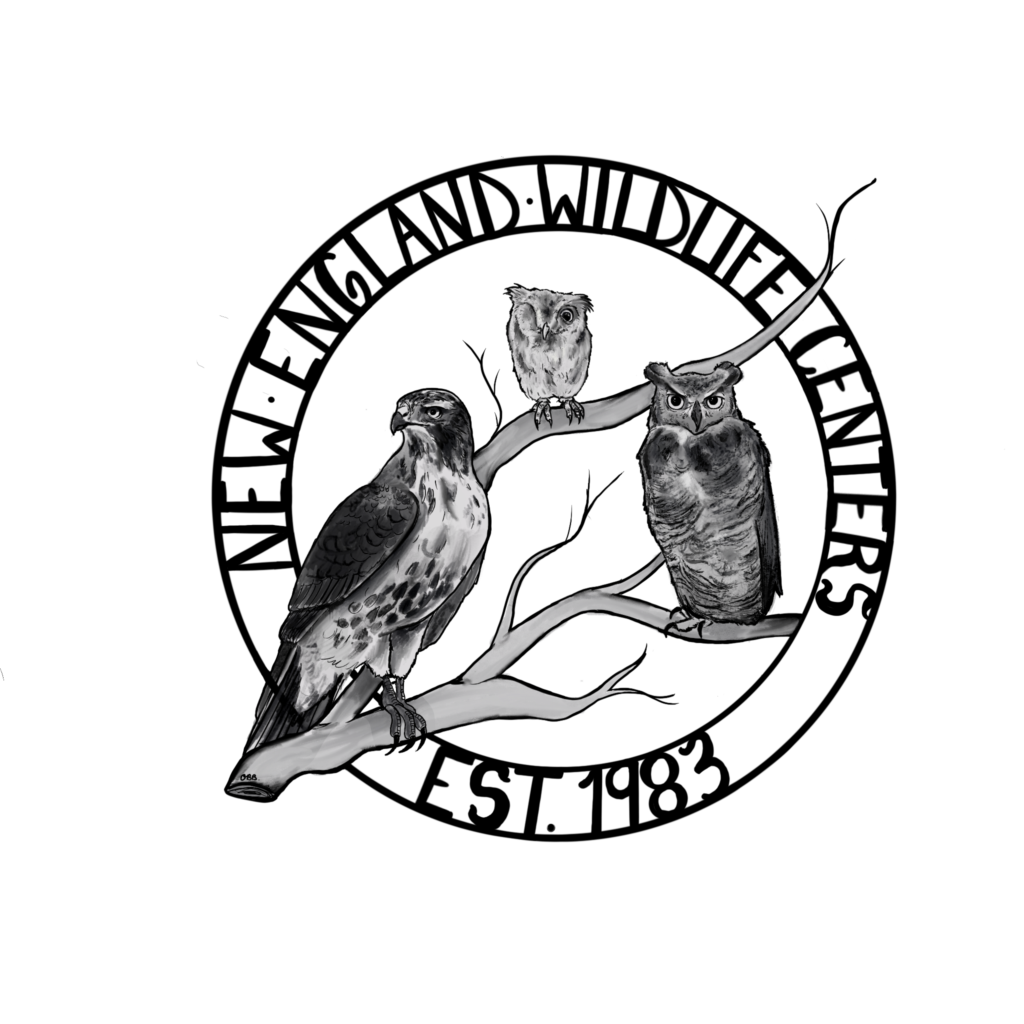
As part of a challenge from the Stanton Foundation to upgrade the computer, video and Web capacity of the Center, we created a Native American longhouse within the Weezie Nature Center built in the tradition of the Wompanoqags of this region. Of course, everyone thinks hand-harvested, hand-made, 16th Century woodland hut when they are on a computer upgrade! But that’s the beauty of being GREEN—thinking the best practices of all time get stirred in the same pot.
It is fitting and in the spirit of the Center to celebrate the hands-on, can-do spirit of the raccoon and the “use what is available” and “use it without harm” spirit of the Algonquin Wompanoags.
Araquon Lodge is a theater for our students and staff to create video, photo, and pod-casting presentations that can be used here and on the internet to teach younger students and the general public about the natural history and biology of Earth.
Araquon Lodge was conceived and painstakingly hand constructed from the most basic building material: saplings harvested directly from our own woodlands, greybirch bark, and palm fronds materials that come directly from nature and harvested in non-impacting ways. It is held together with binder twine.
The secret behind the construction of this Native American structure was the dedicated skill and teamwork of volunteers and staff of the Center. One person in particular, stands out as the craftsman and creator of Araquon Lodge and that is Younia Kowal, a Harvard trained architect, our volunteer Artist-in-Residence at the Center.
There is a lot to celebrate and learn in this structure. It is a true Center project. It is international, cross-cultural, intergenerational, hands-on, can-do, art and science integrated, low impact, high technology and most importantly a GREEN project.
Araquon Lodge
